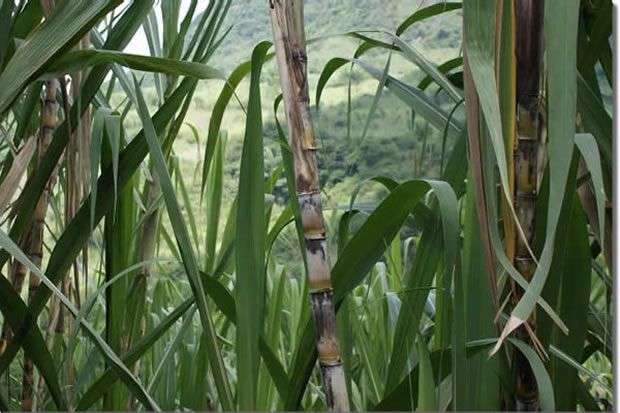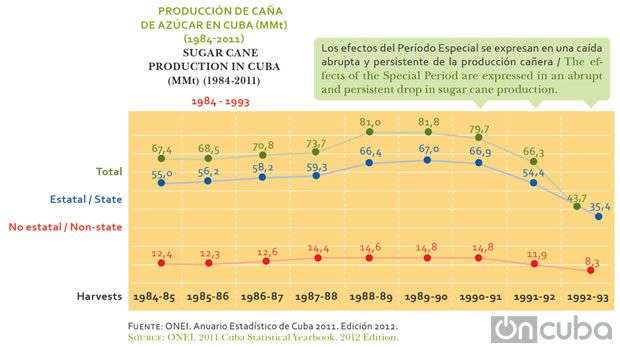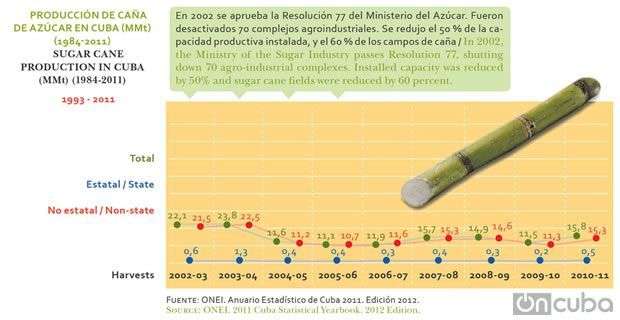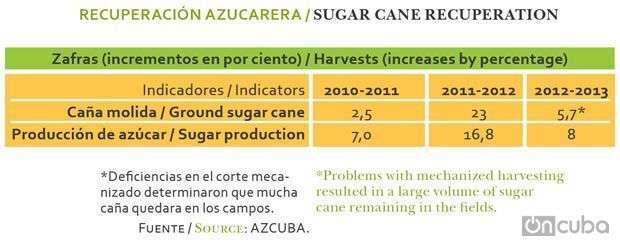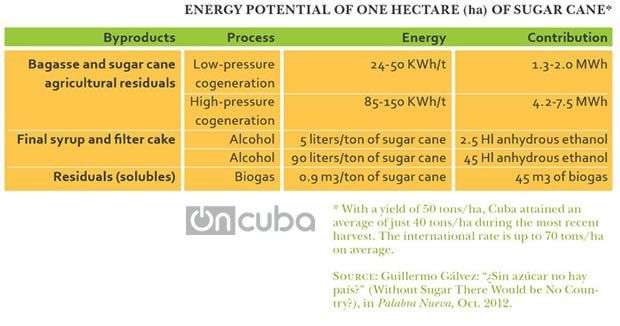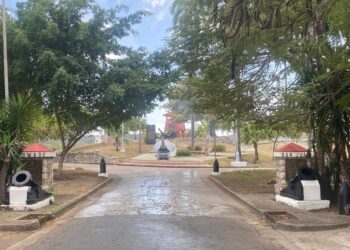…and the green bough in the air, ownerless…
Nicolás Guillén
In 1940, Cuban scholar Fernando Ortiz published his colossal Contrapunteo cubano del tabaco y el azúcar (Cuba’s Musical Dialogue between Tobacco and Sugar), an ethnographic and sociological portrait of Cuba’s development. “Lady Sugar,” the daughter of the green sugar cane, the queen that has reigned in the Cuban countryside for centuries, is one of the protagonists of this unsurpassable treatise on the Cuban identity. That “white gold” was such an important part of shaping the nation that some economic sectors worked successfully to propagate the myth that “without sugar there would be no country.”
However, from early on Ortiz warned of the dangers involved in a single export crop economy of sugar cane. “The Cuban sugar cane grower has not been able to employ all of the productive power of his fields and mills, castrated by a foreign regimen of quotas that restricted his sugar production. He has not been able to produce the many products deriving from the substances extracted from the sweet cane….”
Ortiz’s lucidness on the subject is an inevitable legacy now, 70 years later: sugar cane is more than sugar, and many other fruits are still to come from those fields.
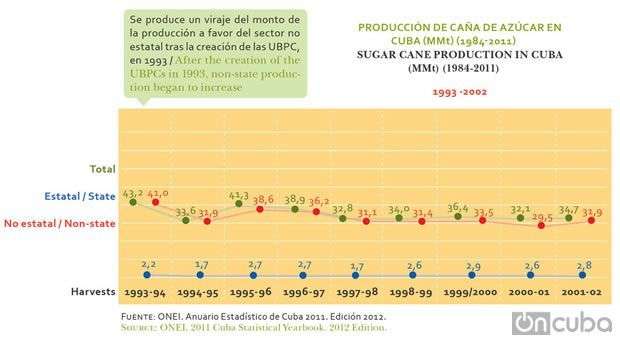
Sugar cane R+D
Many specialists agree that one of the country’s possibilities for overcoming its agriculture crisis, especially in the sugar agro-industry, is the number of engineers and technicians it has in that sector and its accumulation of high-level scientific research. One example of that is the work of the Cuban Institute for the research of Sugar Cane Derivatives (ICIDCA), created in 1963, which is celebrating its 50th anniversary this year. Its objective has been to “provide scientific support to the development of technologies for comprehensive and diversified use of sugar cane.” Its researchers have developed, assimilated, and adapted technologies from sugar can byproducts that can be applied to various economic sectors:
- Biogas from distillers solubles
- Torula Yeast, made from distillers solubles
- Production of probiotics as dietary supplements (Probicid)
- Production of foliar fungicides (Gluticid)
- Synthetic hormones for fruit set (Tomaticid)
- Production of furfural from bagasse
- Furan resins for foundry applications
- Urea-PF resins for foundry agglutinating agents
- Hydrolyzed bagasse for animal feed
- Furfural-acetone resins for anticorrosivo mortar
- Mold release agent for concrete molds from sugarcane wax (Ceramold)
- Polysaccharide inhibitor for protecting the quality of harvested sugar cane and its juices (Ifopol)
- Vegetable phytostimulant (Fitomas)
2013, Diversification
From October 14 to 18 of this year, the 12th International Congress on Sugar and Sugar Cane Derivatives 2013 will be held at Cuba’s Hotel Nacional, cosponsored by the ICIDCA, AZCUBA, the National Institution for Sugar Cane Research (INICA), the association of Sugar Technicians of Cuba (ATAC), the International Sugar Organization, and the Mexican Sugar Technicians Association (ATAM). Presentations will be made on subjects such as industrial efficiency and quality management, renewable energy in the sugar industry, biofuels, sugar cane agriculture, animal feed, the environment, water and residuals, bioproducts and agrochemicals, alcohol and beverages, and new materials from renewable sources.

